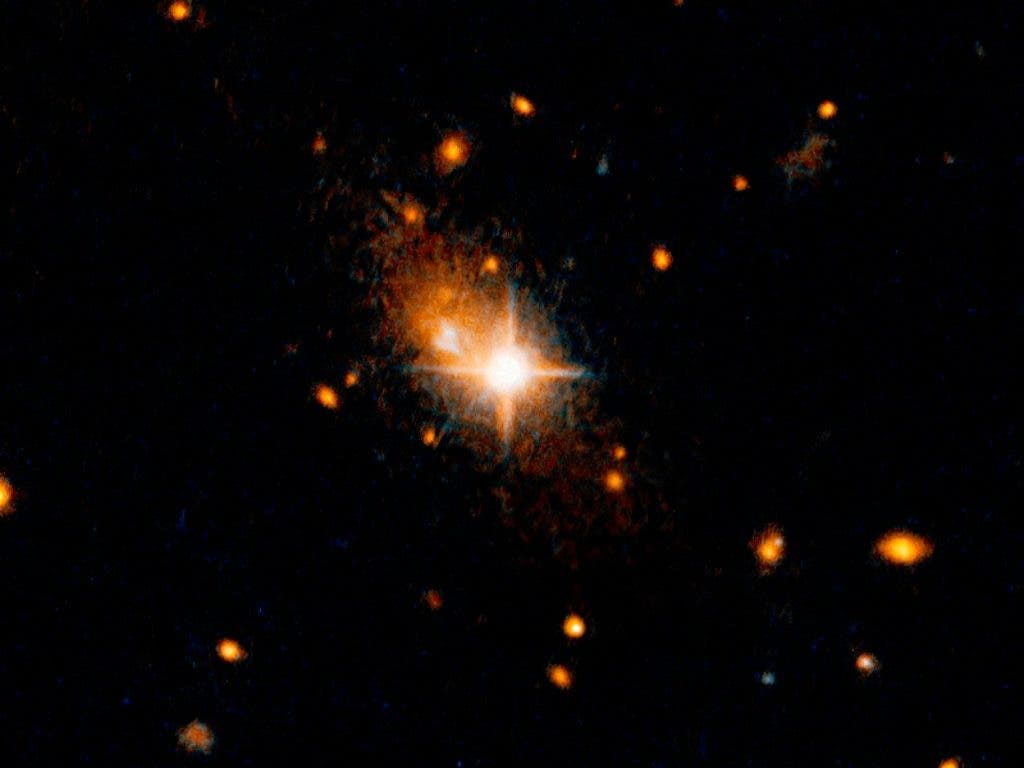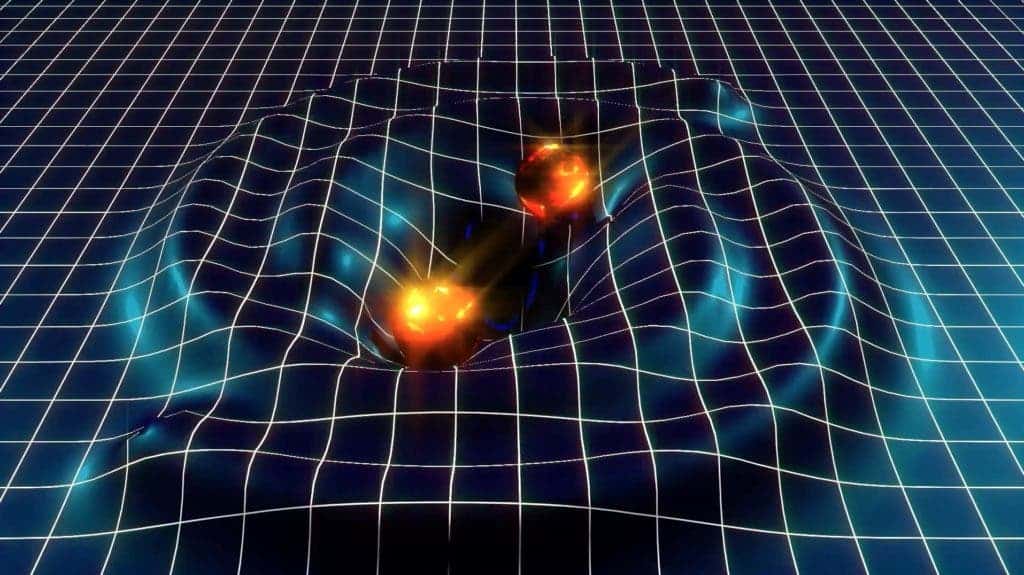You don’t want to get anywhere near to a black hole — they have gargantuan appetites that can trap anyone and anything foolish enough to come near their grasp. Once in the clutches of a black hole, nothing, not even light, can escape. A supermassive black hole, which is basically a black hole times a billion, is even more dangerous because its hefty mass lends it even more gravity to consume matter and energy. Sometimes, however, even a black hole can get bullied. Case in point, NASA recently imaged a supermassive black hole that got kicked out of the center of its galaxy and is now whizzing at a breakneck speed of 5 million miles per hour.

Virtually all galaxies have a supermassive black hole at their center, and the bigger the galaxy, the more massive the supermassive black hole can get. About 27,000 light years away from Earth, right at the heart of our very own Milky Way lies a supermassive black hole that’s four million times more massive than the sun. And though they can be tyrants, black holes seem to be intrinsically linked to star formation. Our very existence might be tied to a black hole, but that’s still early to say since there’s much we don’t know about black hole physics. They sure as heck still surprise us, at least.
Take this rogue supermassive black hole recently described in the journal Astronomy & Astrophysics, for instance. It was first detected by NASA’s Hubble Space when astronomers directed its lens towards an incredibly bright spot at the center of galaxy 3C 186. This lit flame was a quasar or “quasi-stellar radio source”, which are the brightest and most distant objects in the known universe. It’s very common to find these cosmic bodies at the center of galaxies because these emanate from the disks of gas surrounding black holes. What was strange in this particular instance, however, was that the quasar was 35,000 light-years away from the galaxy center.
Smelling something fishy, the NASA astronomers requested the aid of colleagues. Using other instruments like those belonging to the Chandra space observatory and the Sloan Digital Sky Survey, the scientists took another multi-spectral look.
These follow-up observations confirmed the bright spot was a supermassive black hole with a mass equal to about a billion suns. The analysis also showed the black hole was traveling at 4.7 million mph.
The most striking find however dealt with the root cause for why the black hole got ejected from its throne. Of all things, gravitational waves seem to be responsible, NASA says.

Gravitational waves were first described and predicted by Albert Einstein more than 100 years ago on the basis of his theory of general relativity. These are essentially ‘ripples’ in the fabric of space-time caused by very violent and energetic processes in the universe. Einstein showed mathematically that massive accelerating objects such as neutron stars or orbiting black hole pairs cause ‘waves’ of distorted space to radiate from the source, akin to how waves move away from a rock thrown in a pond. It was only last year that gravitational waves were confirmed.
The racing black hole’s host galaxy presented arc-shaped features called tidal tales which are produced by a gravitational tug-of-war when two galaxies collide. Though we can’t see it now because the galaxy in question is eight billion light-years away, 3C 186 likely merged with another galaxy and, perhaps, the two supermassive black holes merged too.
As the two galaxies collapsed around one another, the two black holes must have circled each other and, per Einstein, started flinging out gravity waves. Once the merger was complete, the newly merged black hole can recoil in the opposite direction from the strongest gravitational waves, shooting off. The energy required to jettison the black hole in such a fashion is equal to 100 million supernovas. This all depends on how asymmetric the two merging black hole’s properties are, things like mass, spin rate or relative orientation.
Another less dramatic explanation would be that the quasar only appears to be located in the 3C 186 galaxy when, in fact, it might just be behind it — a matter of perspective and it wouldn’t be the first time an observational error like this crept up. But if that was the case, the researchers shouldn’t have been able to detect the quasar’s actual host galaxy, which they couldn’t.
“If our theory is correct, the observations provide strong evidence that supermassive black holes can actually merge,” explains Stefano Bianchi on the importance of the discovery. “There is already evidence of black hole collisions for stellar-mass black holes, but the process regulating supermassive black holes is more complex and not yet completely understood.”
The resulting merged black hole is now bigger and meaner than ever but its victory may be hollow, being doomed to a life of galactic wandering. In 20 million years, the black hole will pass beyond the outer rim of what were once its family of stars. It could end up voyaging through the abyss of space for billions of years — until it meets a new galaxy.






